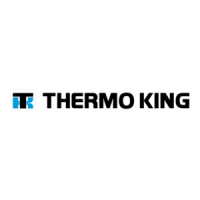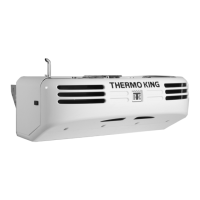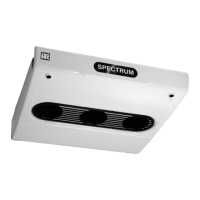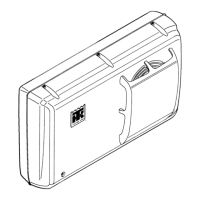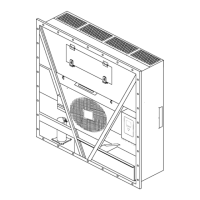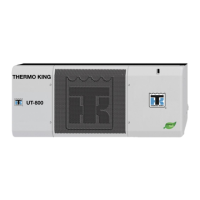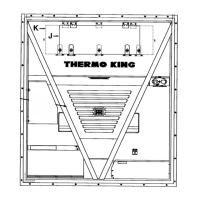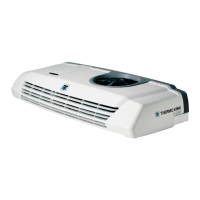What to do if the Thermo King Refrigerator engine does not run because of the fuel solenoid?
- EEmily MartinezAug 1, 2025
If the engine of your Thermo King Refrigerator isn't running due to a fuel solenoid issue, begin by checking the 8D circuit for any opens or shorts. Next, inspect the black (CH) wire connecting the fuel solenoid connector to the CH terminal on the throttle solenoid, and also check the other CH wire connected to the CH terminal on the throttle solenoid for any open circuits. You can also try using a jumper wire between the CH pin in the fuel solenoid and a reliable chassis ground. If the pull-in coil's resistance isn't within -3 to -4 ohms, replace the fuel solenoid. As a last resort, swap the fuel solenoid relay with a Potter-Brumfield relay P/N 44-9111.
